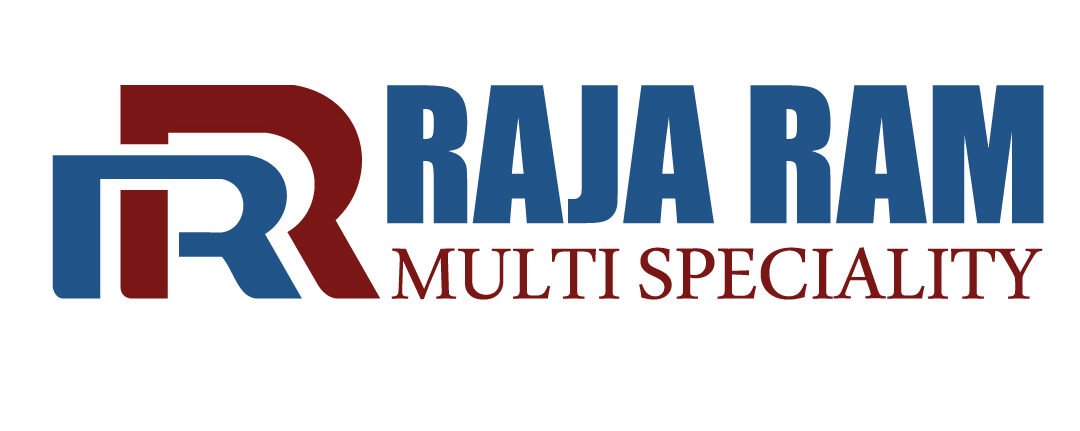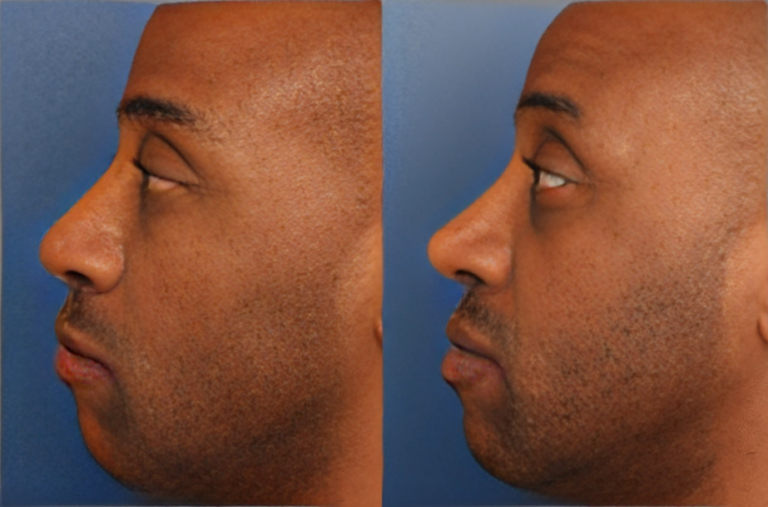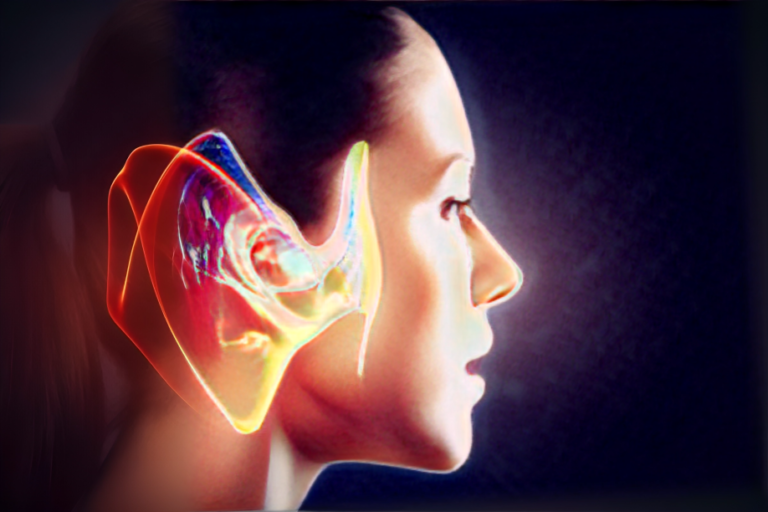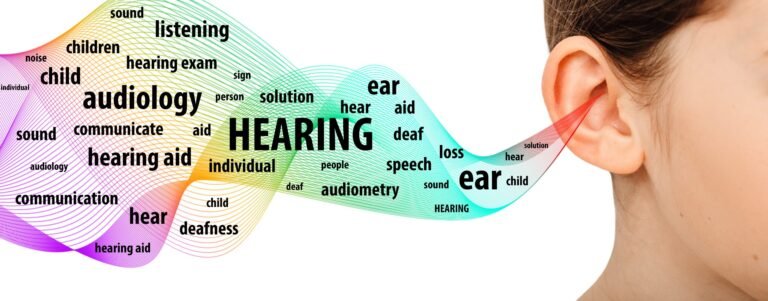Rhinoplasty Navigating the Art and Science of Nasal Aesthetics
Rhinoplasty, commonly known as a “nose job,” is a cosmetic surgical procedure that has gained immense popularity for its trans formative effects on facial aesthetics and, in many cases, improved functionality. Beyond the pursuit of beauty, rhinoplasty plays a crucial role in addressing breathing difficulties, congenital deformities, or injuries. This article delves into the intricacies of rhinoplasty, exploring both the artistic and scientific dimensions that make it a unique and impact surgical procedure.
To Know more about it please click here
The Art of Rhinoplasty
Rhinoplasty is often referred to as a blend of art and science, as it involves reshaping the nose to achieve a harmonious and balanced facial appearance. Surgeons must consider the patient’s facial features, ethnicity, and personal preferences to create a result that complements their overall look. Skilled plastic surgeons approach rhinoplasty with a keen eye for aesthetics, aiming not just for symmetry but also for a nose that aligns with the individual’s natural beauty.
Customization and Rationalization
One of the notable trends in modern rhinoplasty is the emphasis on customization. Surgeons recognize that there is no one-size-fits-all approach to nasal aesthetics. Patients often seek individualized results that enhance their unique features rather than conforming to a standardized ideal. Advances in technology, such as 3D imaging, allow patients to visualize potential outcomes and collaborate with surgeons in defining the desired changes.
Functional Aspects of Rhinoplasty
While rhinoplasty is often associated with cosmetic enhancements, it is equally important in addressing functional issues related to the nasal passages. Deviated septums, nasal obstructions, or congenital abnormalities can impede proper breathing and contribute to health concerns. Surgeons may incorporate functional adjustments alongside cosmetic changes to optimize both form and function, ensuring a holistic approach to rhinoplasty.
Recovery and Downtime
Rhinoplasty, commonly known as a “nose job,” is a cosmetic surgical procedure that has gained immense popularity for its transformative effects on facial aesthetics and, in many cases, improved functionality. Beyond the pursuit of beauty, rhinoplasty plays a crucial role in addressing breathing difficulties, congenital deformities, or injuries. This article delves into the intricacies of rhinoplasty, exploring both the artistic and scientific dimensions that make it a unique and impactful surgical procedure.
The Art of Rhinoplasty
Rhinoplasty is often referred to as a blend of art and science, as it involves reshaping the nose to achieve a harmonious and balanced facial appearance. Surgeons must consider the patient’s facial features, ethnicity, and personal preferences to create a result that complements their overall look. Skilled plastic surgeons approach rhinoplasty with a keen eye for aesthetics, aiming not just for symmetry but also for a nose that aligns with the individual’s natural beauty.
Customization and Rationalization
One of the notable trends in modern rhinoplasty is the emphasis on customization. Surgeons recognize that there is no one-size-fits-all approach to nasal aesthetics. Patients often seek individualized results that enhance their unique features rather than conforming to a standardized ideal. Advances in technology, such as 3D imaging, allow patients to visualize potential outcomes and collaborate with surgeons in defining the desired changes.
Functional Aspects of Rhinoplasty
While rhinoplasty is often associated with cosmetic enhancements, it is equally important in addressing functional issues related to the nasal passages. Deviated septum, nasal obstructions, or congenital abnormalities can impede proper breathing and contribute to health concerns. Surgeons may incorporate functional adjustments alongside cosmetic changes to optimize both form and function, ensuring a holistic approach to rhinoplasty.
To Know more about it please click here
Recovery and Downtime
Understanding the recovery process is crucial for individuals considering rhinoplasty. While the initial healing period involves swelling and bruising, advancements in surgical techniques and post-operative care have contributed to reduced downtime. Surgeons often provide comprehensive recovery plans, including guidelines for managing discomfort, minimizing swelling, and ensuring optimal healing. Patients can typically resume regular activities within a few weeks, though full results may take several months to manifest.
Ethical Considerations and Mental Well-being
As with any cosmetic procedure, ethical considerations are paramount in the field of rhinoplasty. Surgeons must prioritize patient well-being, ensuring realistic expectations and transparent communication about potential risks and benefits. Additionally, the impact of rhinoplasty on mental well-being is increasingly recognized, with many individuals reporting increased confidence and satisfaction following the procedure.
Conclusion
Rhinoplasty, as both an art and a science, continues to evolve, offering individuals the opportunity to enhance their facial aesthetics and address functional concerns. The delicate balance between form and function requires skilled surgeons who appreciate the nuances of nasal anatomy and the individuality of each patient. As technology advances and ethical standards remain at the forefront, rhinoplasty stands as a trans formative option for those seeking not only physical changes but also a renewed sense of self-confidence and well-being.
Ethical Considerations and Mental Well-being
As with any cosmetic procedure, ethical considerations are paramount in the field of rhinoplasty. Surgeons must prioritize patient well-being, ensuring realistic expectations and transparent communication about potential risks and benefits. Additionally, the impact of rhinoplasty on mental well-being is increasingly recognized, with many individuals reporting increased confidence and satisfaction following the procedure.
Conclusion
Rhinoplasty, as both an art and a science, continues to evolve, offering individuals the opportunity to enhance their facial aesthetics and address functional concerns. The delicate balance between form and function requires skilled surgeons who appreciate the nuances of nasal anatomy and the individuality of each patient. As technology advances and ethical standards remain at the forefront, rhinoplasty stands as a trans formative option for those seeking not only physical changes but also a renewed sense of self-confidence and well-being.








